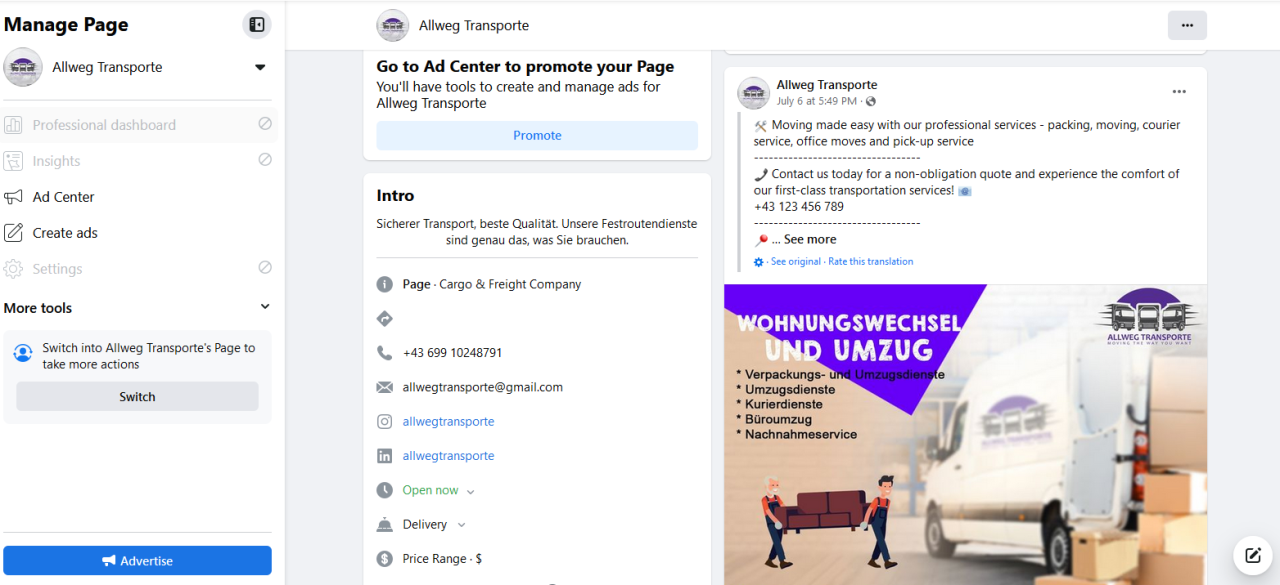
How to handle Facebook and Instagram effectively of different clients.
Managing the social media accounts of different clients, including Facebook and Instagram, can be a challenging but rewarding task. Here's a step-by-step guide on how to handle the process effectively:
- Understand your clients' goals: Start by discussing the objectives and expectations of each client. Determine their target audience, brand image, and specific goals for their social media presence. This will help you tailor your content creation and posting strategy accordingly.
- Develop a content strategy: Create a content calendar outlining the types of posts, themes, and frequency for each client. This will provide a roadmap for your social media activities and ensure a consistent and engaging presence across platforms.
- Design captivating visuals: Use graphic design tools like Canva or Adobe Photoshop to create eye-catching images and graphics for your posts. Incorporate the client's branding elements, such as their logo and color scheme, to maintain brand consistency.
- Edit videos: Video content is highly engaging on social media. Utilize video editing software like Adobe Premiere Pro or iMovie to edit client videos, adding captions, transitions, music, and effects as needed. Aim for concise and visually appealing videos that align with the client's brand identity.
- Write compelling captions: Craft engaging and concise captions for each post. Tailor the tone and language to match the client's brand voice and consider including relevant hashtags to increase visibility. Experiment with different caption styles, such as asking questions or using storytelling techniques, to boost engagement.
- Schedule posts: Use social media management tools like Hootsuite, Buffer, or Sprout Social to schedule your content in advance. This allows you to maintain a consistent posting schedule and saves time by automating the process.
- Monitor and engage: Regularly monitor the comments, messages, and mentions on your clients' social media accounts. Respond promptly to inquiries, address concerns, and engage with followers to foster a sense of community. This two-way communication is crucial for building brand loyalty and trust.
- Analyze performance: Utilize the analytics provided by the social media platforms or third-party tools to track the performance of your posts. Monitor metrics like reach, engagement, click-through rates, and follower growth. Use this data to refine your strategy and optimize future content.
- Stay updated: Keep up with the latest social media trends, algorithm changes, and platform updates. Attend webinars, follow industry blogs, and join relevant communities to stay informed and adapt your strategies accordingly.
- Report to clients: Provide regular reports to your clients showcasing the performance of their social media accounts. Highlight key metrics, campaign successes, and areas for improvement. This demonstrates the value of your services and helps align your efforts with your clients' goals.
Remember, each client is unique, so adapt your approach based on their specific requirements and preferences. Effective communication, creativity, and a continuous learning mindset are key to managing successful social media accounts for different clients.